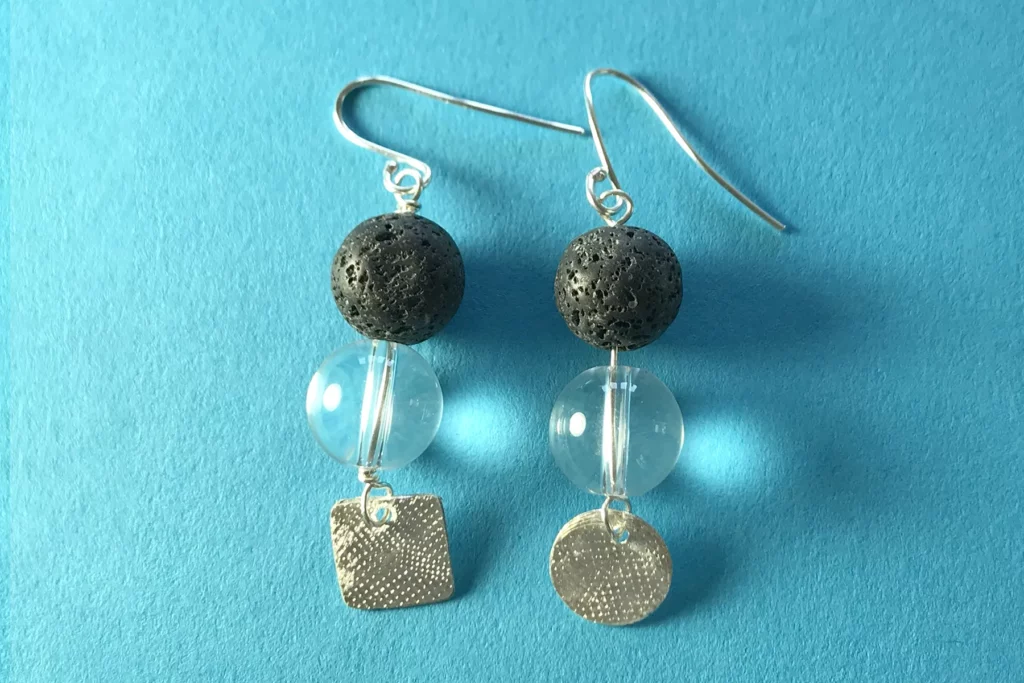Printmaking is any technique that transfers an image from one surface to another. Usually the print is on paper or fabric, but modern printing processes and inks mean the possibilities are almost infinite.
Types of Printmaking
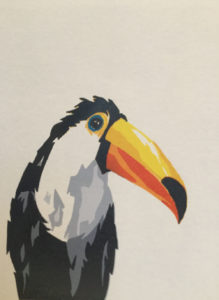
Relief
Relief print works by creating a “plate” with two different heights – either by carving away areas or sticking extra layers on to create height. Ink is applied to the higher area and then pressure is applied to transfer the image.
Relief print techniques start at the humble potato print or ink stamp, and include methods such as lino cut, woodblock and collagraph.
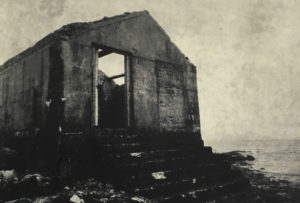
Intaglio
Intaglio printing is similar to relief printing in that it uses a plate. However in intaglio printing, lines are carved in to the plate, either with a sharp tool or acid. Ink is forced into the lines, while the rest of the plate is wiped clean. Wet paper is used to draw the ink out. Intaglio work is often more finely detailed than relief work, and can create distinctive gradients and tonal shifts.
Intaglio methods include etching and engraving.
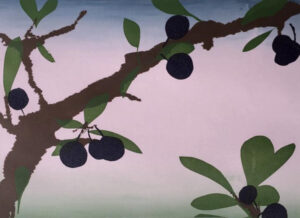
Screenprinting
Screen print is the most recent printing technique. A fine mesh (originally silk but nowadays often nylon) is stretched over a frame. Ink is forced through the mesh and onto the surface below. The image is made using stencils – either cut from paper or “cooked” onto the screen using UV sensitive chemicals. This blocks the ink and creates the image.
Screen print is unusual in terms of printmaking as the image is not reversed.
What should I look for when buying prints?
Buying prints can often be more affordable than other original art. The artist spends a similar amount of time devising and creating the image, but instead of getting one painting or sculpture, they get several prints, spreading the cost.
A key thing to look at when buying prints are the edition details. A print that is one of 20 is rarer and more expensive than one of 2000. You should also check if the print is limited edition or not. A limited edition will never be reprinted, but an open edition could have thousands more copies made in the future.
The most important thing to remember is the same as when buying any other art work – how does it make you feel?
Image by Safa Aslam
Learn More
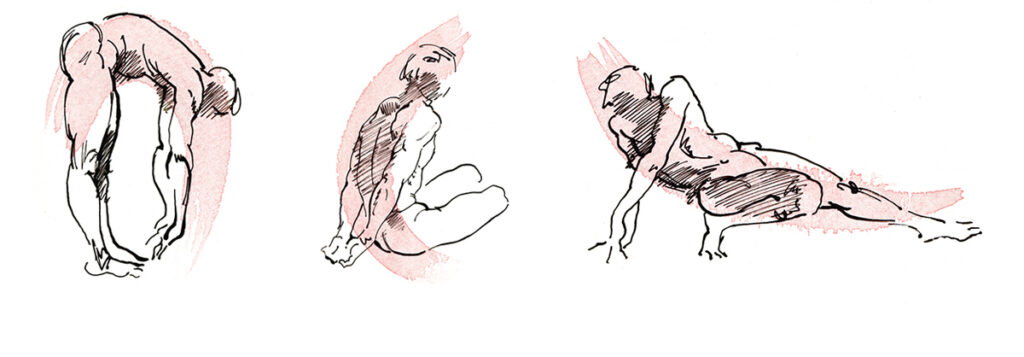
Life Drawing
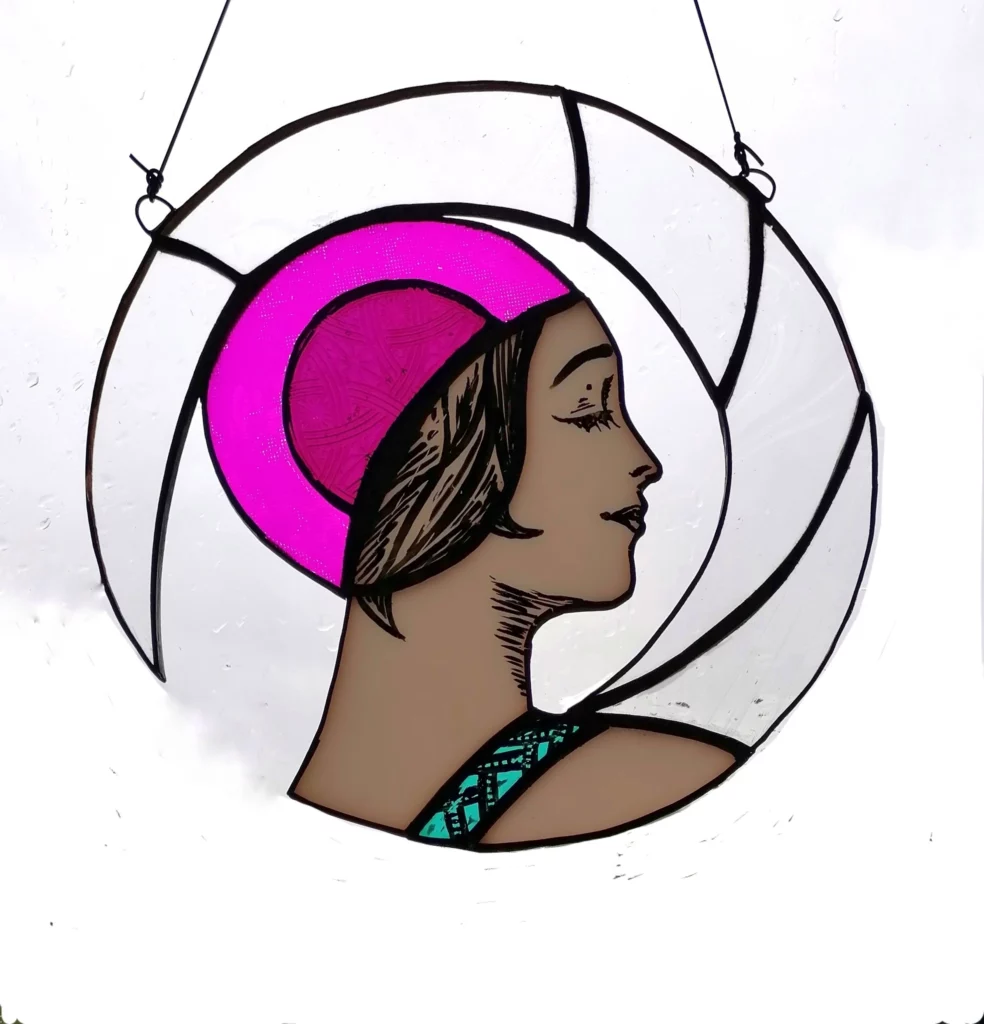
Glass Making
